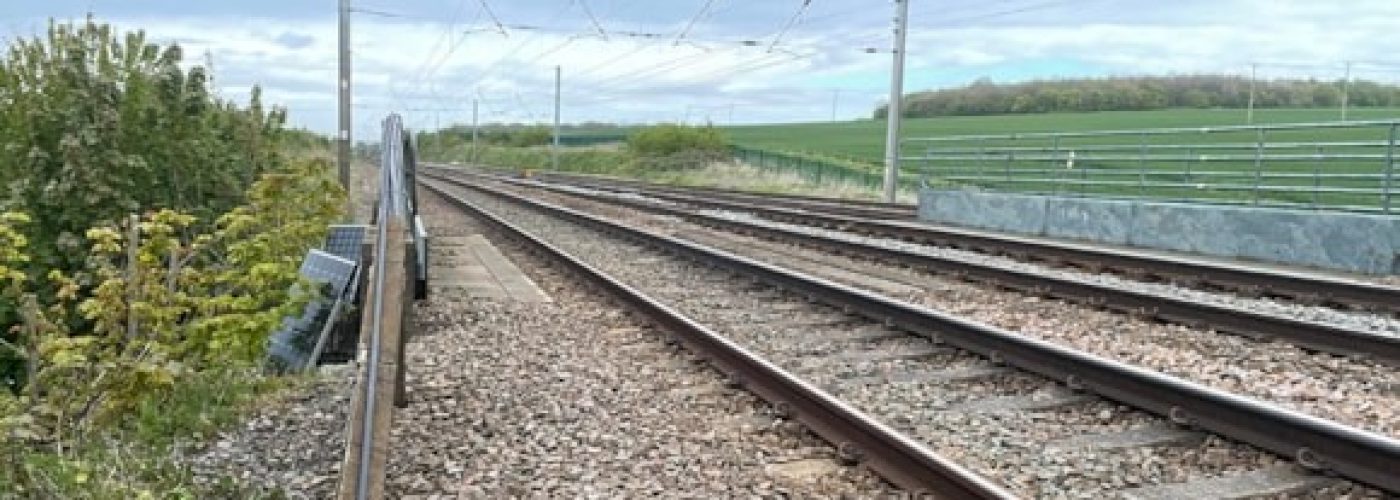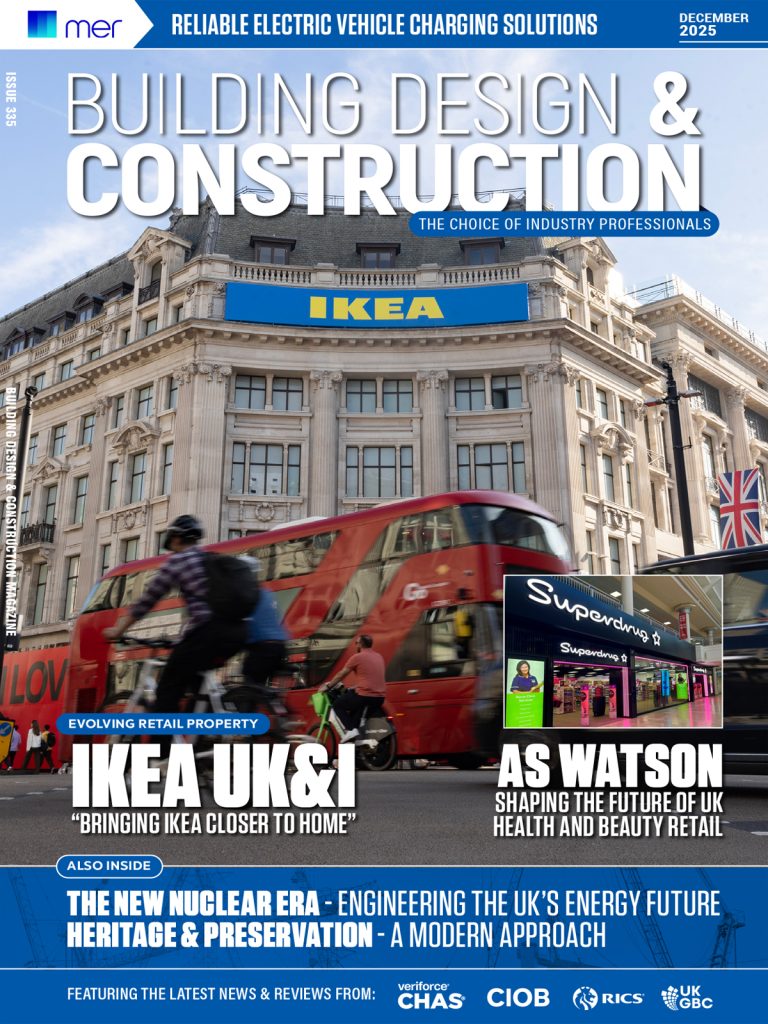RAIB recently released its report into a track worker near miss at Chiltern Green, between Harpenden and Luton, 23 April 2024.
Summary
At about 09:53 on 23 April 2024, a train travelling at 104 mph (167 km/h) came very close to striking a track worker who was crossing an underbridge at Chiltern Green, between Harpenden and Luton Airport Parkway stations. The track worker was just stepping off the bridge, from an area where there was very limited space between the bridge parapet and train, when the train passed them. Upon seeing the track worker on the bridge, the driver sounded the train’s horn and then made an emergency brake application. Once the train stopped, the driver reported the incident to the signaller, unsure as to whether the train had struck the track worker.
At the time of the incident, the track worker, who was a tester carrying out telecommunications cable testing, was walking to rejoin their group after a welfare break. RAIB found that the tester walked over the bridge because they were unaware of any other way to walk back to the rest of the group and because the person in charge had not arranged for the tester to safely leave and rejoin the group when taking a break.
The person in charge had previously taken the tester over the bridge using an informal and potentially unsafe system of work, using a route to the site of work which was not the one the project engineer planning the work had intended the group to use. This happened because the staff involved were unfamiliar with one of the locations, the person in charge had a very limited role when the work was planned and had not been briefed beforehand, and the documents issued to the person in charge did not give a clear description of the way the team was expected to walk to the site of work.
RAIB found that the tester had crossed the bridge without an effective safe system of work in place despite being aware of the risks in doing so. However, the tester’s personal track safety competency, and the associated rules for walking alone on or near the line, did not prohibit them from crossing a structure with restricted clearance. RAIB also identified that the bridge was not signed as a limited clearance structure, which was a possible factor.
An underlying factor was that the overall methodology followed for planning the work did not provide the person in charge with clear information about how to carry out the walking element of the work. A possible underlying factor was that, although Network Rail had recorded the bridge as having restricted clearance, it and many other structures on the railway between London and Bedford were not fitted with the required signage to warn staff of this hazard.
RAIB also observed that:
- Historically, the rail industry has fitted limited clearance signage to structures with restricted clearance if they can be crossed safely while trains are running by using one of the warning safe systems of work, which are now much less commonly used.
- Network Rail’s record of its warning signage assets on its East Midlands route is incomplete, and it has no inspection or maintenance regime for this signage.
- After the incident, the track workers walked over the bridge again while trains were still running, without an adequate safe system of work in place.
Since the incident, changes to the rules were published to prohibit personal track safety competency holders from crossing a bridge with restricted clearance unless an appropriate safe system of work is in place.
Recommendations
As a result of the investigation, RAIB has made four recommendations. The first is for Keltbray Infrastructure Services Limited to review and amend how it plans work on or near the line, so its staff can better understand how to manage and carry out the work they need to deliver. The second is for the Rail Safety and Standards Board to follow the relevant rail industry processes to review and amend as necessary the rail industry standard requirements for warning signage at structures with restricted clearance. The third is for Network Rail to record its lineside signage assets, determine what inspection and maintenance regime is required for these assets, and then schedule these activities to be done. The fourth, also addressed to Network Rail, is to reduce the risks to railway staff due to warning signage not being fitted to structures with restricted clearance.
RAIB has also identified four learning points. The first reminds staff involved in planning or carrying out work on or near the line of the importance of coming to a clear understanding about how the planned activities, including the walking elements, should be executed. The second highlights the importance of providing information that clearly identifies the access points to be used if the planned activity involves staff going to more than one access point and different sites of work. The third highlights the importance of not going into any area where there is reduced space between a structure and the nearest running rail of an open line. The fourth highlights the importance of track workers, who are involved in a near miss incident with a train, understanding how they will safely exit the railway, and seeking assistance from the signaller if required.
Building, Design & Construction Magazine | The Choice of Industry Professionals





